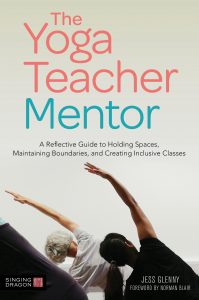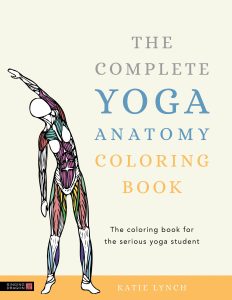 Sarah Scharf, MFA is a yoga teacher, author of the upcoming book, Holding Space: The Creative Performance and Voice Workbook for Yoga Teachers and theatre artist. She holds an MFA in Physical Theatre and has completed multiple training courses in Yoga of various styles. In London she taught at Triyoga – the largest studio in Europe – and worked as a mentor for the Yogacampus Teacher Training. She runs popular workshops and training on voice work and performance skills for yoga teachers, and works as a movement director and teaching artist for theatre. She is an American currently living in Vienna.
Sarah Scharf, MFA is a yoga teacher, author of the upcoming book, Holding Space: The Creative Performance and Voice Workbook for Yoga Teachers and theatre artist. She holds an MFA in Physical Theatre and has completed multiple training courses in Yoga of various styles. In London she taught at Triyoga – the largest studio in Europe – and worked as a mentor for the Yogacampus Teacher Training. She runs popular workshops and training on voice work and performance skills for yoga teachers, and works as a movement director and teaching artist for theatre. She is an American currently living in Vienna.
With the onset of regulations that have temporarily closed yoga studios and suspended public gatherings we have seen a rapid change in the yoga industry. Using live streaming video conferencing has become the most common way of teaching. Many of us have been challenged as teachers not only to learn to use the technology, but also to deal with the emotional elements of growing again as teachers. Some feel like they have to start over, especially those that relied heavily on hands on adjustments during their teaching and didn’t develop the language skills to adequately describe detailed movement or actions. This process of shifting online has shown many of us where we need to grow. It’s an opportunity for us to refine our work, to get more comfortable with ourselves and perhaps even create new opportunities.
There are many ways to teach online. I’ll focus on these options in the context of teaching yoga or movement and meditation:
- interactive livestream classes
- non-interactive livestream classes
- online trainings/workshops/courses
Interactive Live stream
Interactive live stream requires conferencing software if you want to control the entry of participants. The main bonus is that you can see your students in real time. This gives you the opportunity to offer verbal adjustments and individualised instruction. This is only possible when you can see your students, which will require a larger screen for bigger groups so you can avoid scrolling. Some teachers use a projector, making sure it is a quiet one so the sound isn’t a problem. Other teachers avoid demonstrating and simply sit close enough to their screen that they can see everyone. Continue reading





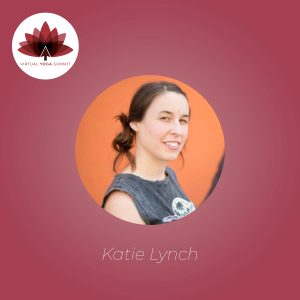 Simply put: yes. Yes, there is a need for increased training in the world of yoga, because the focus of yoga that has become the most popular is asana, and asana deals with movements of the human body. And the human body is one complicated and mysterious machine — which is surprisingly easy to break. Now, this doesn’t mean a person can’t teach a good and safe yoga class without further education in related fields, but in order to advance the benefits of yoga by bringing it to a larger population of the world, it would be helpful if the concept of yoga evolved into a more respected and scientific field.
Simply put: yes. Yes, there is a need for increased training in the world of yoga, because the focus of yoga that has become the most popular is asana, and asana deals with movements of the human body. And the human body is one complicated and mysterious machine — which is surprisingly easy to break. Now, this doesn’t mean a person can’t teach a good and safe yoga class without further education in related fields, but in order to advance the benefits of yoga by bringing it to a larger population of the world, it would be helpful if the concept of yoga evolved into a more respected and scientific field.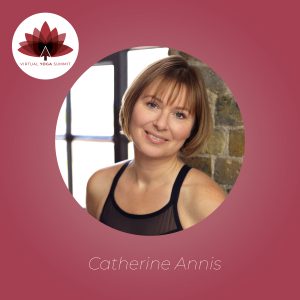
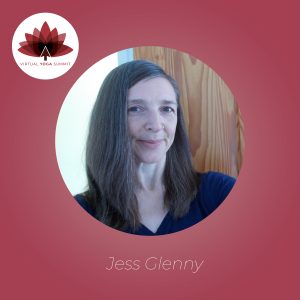
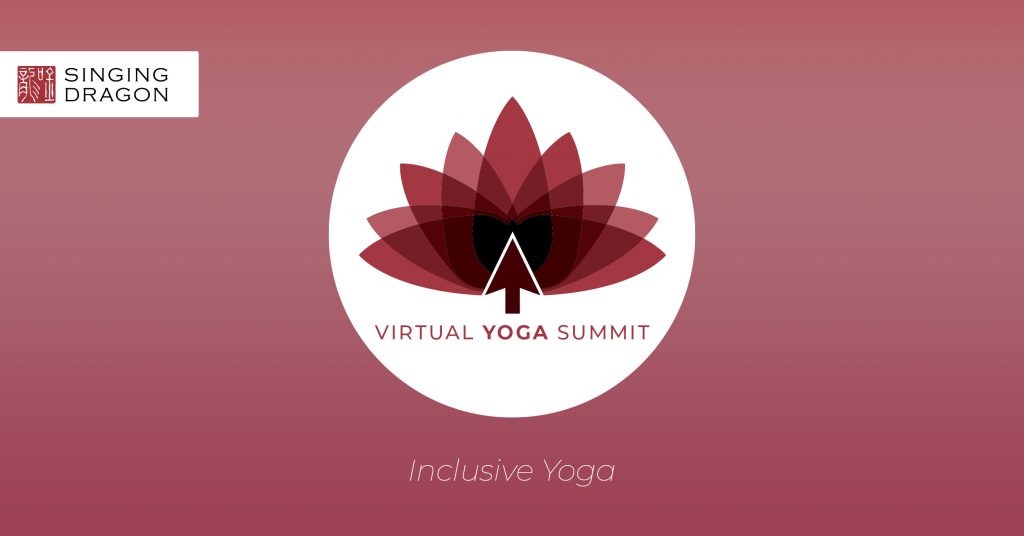 Welcome to Singing Dragon’s first-ever Virtual Yoga Summit, a digital event celebrating inclusivity in yoga and yoga therapy with the help of a carefully curated panel of experts and authors. This blog will be the central hub to our event, so do keep checking back to access all content, including videos, articles and podcasts. For scheduled live events, please head over to the
Welcome to Singing Dragon’s first-ever Virtual Yoga Summit, a digital event celebrating inclusivity in yoga and yoga therapy with the help of a carefully curated panel of experts and authors. This blog will be the central hub to our event, so do keep checking back to access all content, including videos, articles and podcasts. For scheduled live events, please head over to the 
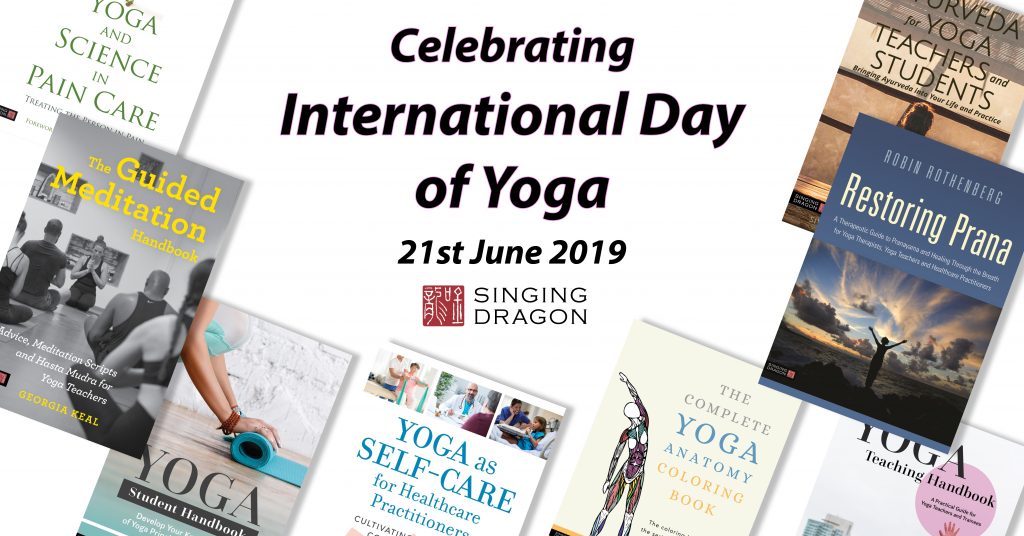 International Day of Yoga takes place across the globe on the 21st of June 2019. Many yoga teachers and studios will be offering free classes and events to help raise awareness worldwide of the benefits of practicing yoga. To celebrate, we have collated a reading list to support students and teachers in their practice, as well as those looking to incorporate yoga into their day-to-day lives.
International Day of Yoga takes place across the globe on the 21st of June 2019. Many yoga teachers and studios will be offering free classes and events to help raise awareness worldwide of the benefits of practicing yoga. To celebrate, we have collated a reading list to support students and teachers in their practice, as well as those looking to incorporate yoga into their day-to-day lives.